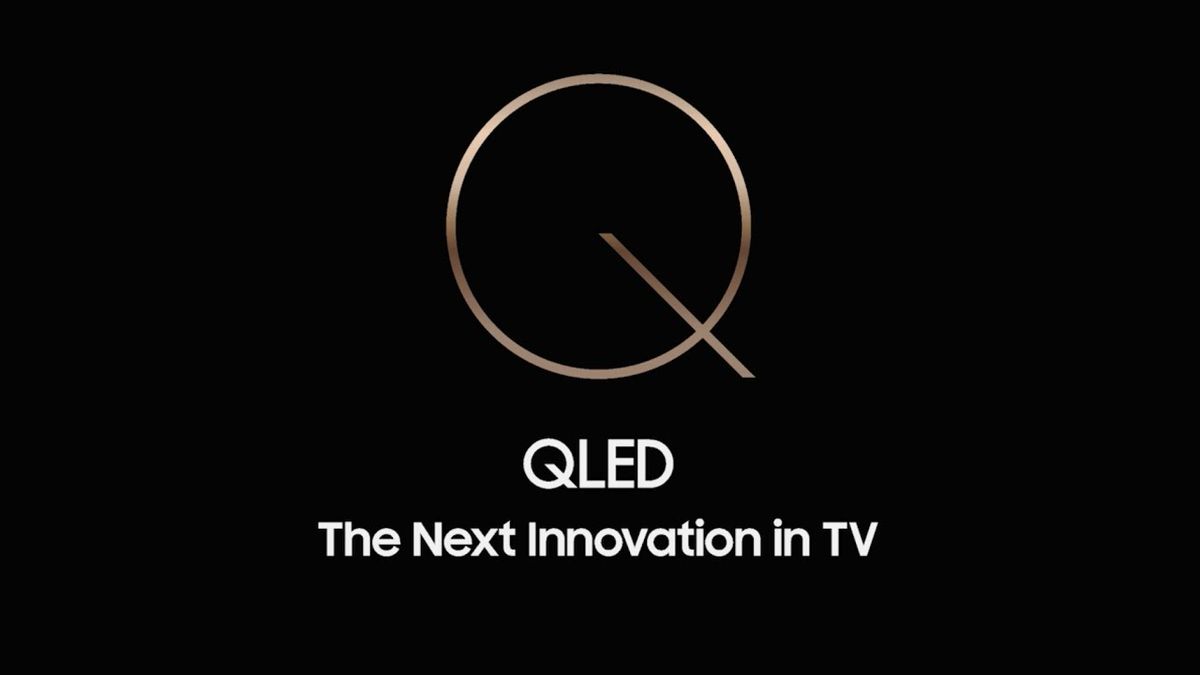Author: What Hi-Fi? / Source: whathifi

While Samsung isn’t yet ready to reveal the name of its 2019 range of 4K QLED TVs, it has given us a sneak peak at the flagship model, which will replace the excellent Q9FN.
Truth be told, the changes don’t sound huge, with Samsung clearly focused on fixing a couple of key criticisms aimed at its QLED TVs compared to their OLED rivals while refining the presentation and adding features first seen in the Q900R 8K models.
The good new is that, having seen the new model in action, it clearly offers a greater step-up in performance than the list of changes suggests – and looks like a very credible threat to OLED’s current dominance.
(Note: Samsung couldn’t be persuaded to allow us to photograph the prototype samples, so apologies for the generic pictures used throughout this hands-on)
Picture

The main criticism of the Q9FN (and QLED as a whole), particularly in comparison to its OLED rivals, is viewing angles. It’s no surprise, then, that Samsung has prioritised trying to solve this particular problem – and it looks as if it’s succeeded.
Referred to as Q Wide Angle with Light Control (though the name could change) Samsung’s new viewing angle-improving feature involves extra layers on the panel that reduce light leakage and spread light uniformity. The result in the demonstrations is excellent, near-flawless viewing angles. Even at the widest angles colours remain vibrant and blacks remain pure. This no longer appears to be an advantage of OLED, and that’s a huge step for Samsung.
Other differences are individually more subtle but collectively amount to a noticeably improved picture. With both TVs playing the Deadpool 2 4K Blu-ray and set to the HDR Movie mode, the new model is clearly more vibrant in its colours, purer in its blacks and punchier in its whites.
It’s an astonishingly dynamic, exciting picture, but one packed with detail and nuance.And, thanks to those flawless viewing angles, the 2019 4K QLED still looks better at a wide angle than the Q9FN does when viewed straight-on.
The number of backlight dimming zones is unchanged from last year, so is in the region of 500, and peak brightness remains the same at a still unbeaten (except by Samsung’s own 8K models) 2000 nits. But Samsung appears to have more confidence in its backlight this year.
When the Q9FN is asked to display a relatively small, bright object on an otherwise pure, black background, it often holds back a little, presumably to avoid producing a noticeable bloom of light around the object. That no longer appears to be a concern, with the white text of Deadpool 2 shining awesomely brightly against the black around it – and with no discernible blooming.
Samsung has also gone to great lengths to improve dark detail, which it demonstrates with a switch to the final Harry Potter film. As Voldemort’s army of black-clad baddies amass on the cliffs above Hogwarts, the 2019 QLED reveals detail we’d genuinely not previously seen and that the Q9FN, and rival OLED TVs supplied by Samsung as comparison, miss.
To be clear, this is not artificial revelation – there’s no greying of the scene or light being added where there should be none – this is detail that’s placed there for dramatic effect, and that the new model ensures that you see.
The AI upscaling that Samsung recently introduced with its 8K models will also filter down to the 2019 4K QLEDs, and it looks impressive in action, reducing noise and increasing sharpness over last year’s models. Even the standard-def content we saw was markedly improved compared to last year’s set. What’s most impressive about the new AI upscaling is that it looks less obviously enhanced and much more natural.
Samsung’s also continuing with its laudable dedication to gaming by adding two new gaming-specific features: Game Enhancer and Dynamic Black Equalizer. The first boosts colours and contrast and, in a demo of FIFA 19, made the grass more lush and the kits more vibrant, while the second reveals detail in the dark areas of the picture. It will be interesting to test these features more when the 2019 4K QLED comes in for its full review, because while both looked good in the demos we’ve got slight concerns that they may look a little inauthentic. The good news is that if they do turn out to be worth using, they won’t impact input lag, which was measured at just 13.4ms during the demo.
One aspect of the new model’s performance that we’ve not yet been able to assess is its motion processing, which hasn’t really been tested in the demo clips shown so far. Perhaps the fact that Samsung hasn’t shown off the motion processing suggests that it’s not really changed for 2019. That would be a shame, because while the…
The post Hands on: Samsung 2019 4K QLED review appeared first on FeedBox.